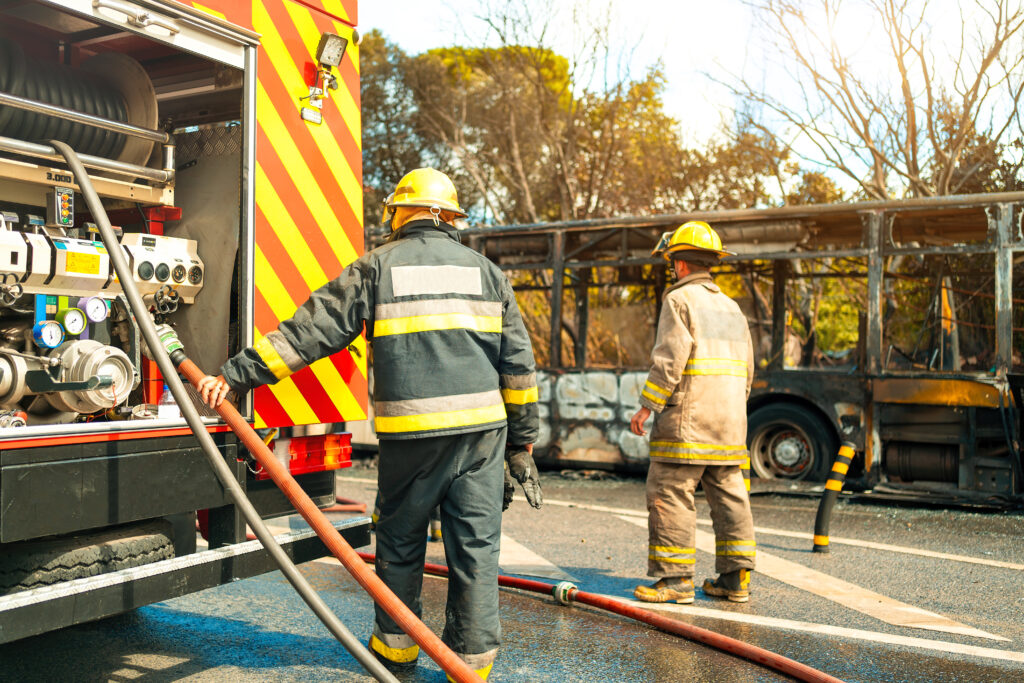In the web of urban governance, few partnerships are as critical to community safety as the collaboration between city councils and fire departments. From setting policy priorities to allocating resources, city councils play a pivotal role in shaping the landscape of emergency services.

Meanwhile, fire departments serve as the frontline guardians of public safety, tasked with responding to fires, medical emergencies, natural disasters, and more. In this blog post, we’ll delve into the importance of communication and collaboration between city councils and fire departments, and how this partnership enhances the safety and well-being of residents.
1. Setting Policy Priorities
Effective emergency management begins with clear policy direction from city councils. By establishing priorities and objectives for fire and emergency services, city councils provide the framework within which fire departments operate. Whether it’s investing in fire prevention programs, expanding emergency response capabilities, or enhancing community outreach efforts, the policies set by city councils shape the strategic direction of fire departments and ensure alignment with broader municipal goals.
2. Allocating Resources
Budgetary decisions made by city councils have a direct impact on the resources available to fire departments. From funding personnel and equipment to maintaining facilities and vehicles, adequate resources are essential for fire departments to fulfill their mission of protecting lives and property. Effective communication between city councils and fire departments is crucial for ensuring that resource allocation decisions reflect the evolving needs and priorities of the community, enabling fire departments to operate efficiently and effectively.
3. Enhancing Emergency Preparedness
Collaboration between city councils and fire departments is essential for enhancing emergency preparedness and response capabilities. By working together to identify and address gaps in preparedness, city councils and fire departments can develop comprehensive emergency plans that mitigate risks and protect residents. From conducting training exercises to coordinating mutual aid agreements, effective communication and collaboration ensure that emergency response efforts are coordinated, efficient, and effective in times of crisis.
4. Engaging the Community
Community engagement is a cornerstone of effective fire prevention and safety education efforts. City councils and fire departments must work together to engage residents, businesses, and community organizations in efforts to promote fire safety, emergency preparedness, and disaster resilience. By collaborating on public education campaigns, community outreach events, and neighborhood initiatives, city councils and fire departments can empower residents to take proactive steps to protect themselves and their communities from harm.
5. Building Trust and Accountability
Transparency and accountability are essential components of effective governance. By fostering open communication and collaboration between city councils and fire departments, trust is built between elected officials, city administrators, and fire service personnel. This trust enables constructive dialogue, facilitates problem-solving, and fosters a shared commitment to serving the best interests of the community. Ultimately, by working together, city councils and fire departments can ensure that residents receive the highest level of service and protection.
In conclusion, the partnership between city councils and fire departments is a linchpin of community safety and resilience. By fostering communication, collaboration, and mutual respect, city councils and fire departments can work together to set policy priorities, allocate resources, enhance emergency preparedness, engage the community, and build trust and accountability. Through this partnership, communities can be better prepared to face the challenges of an uncertain world and emerge stronger, safer, and more resilient than ever before.

